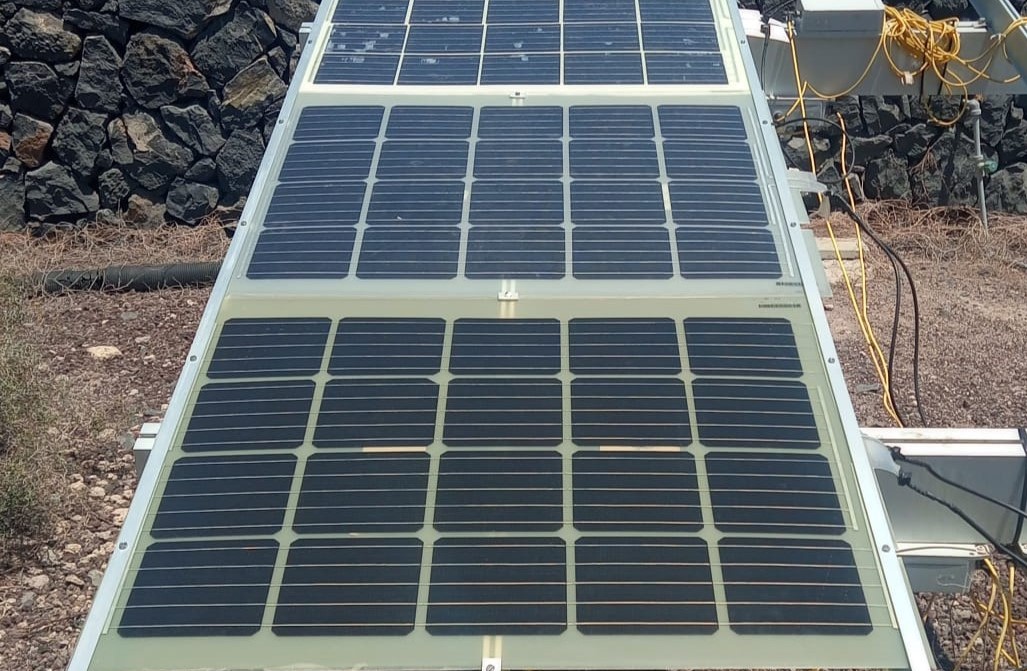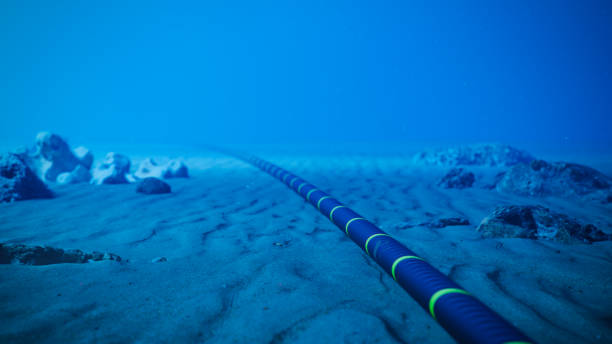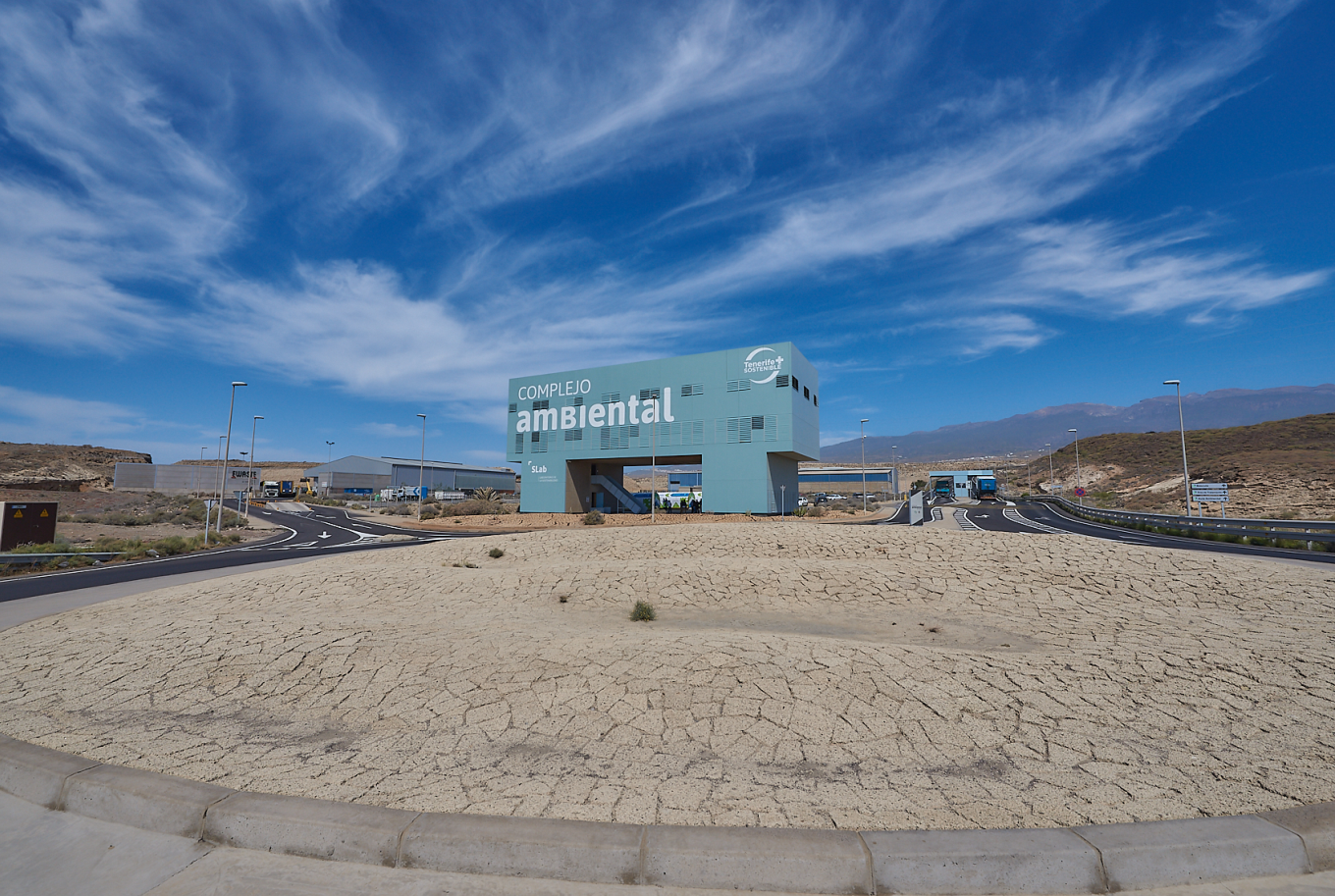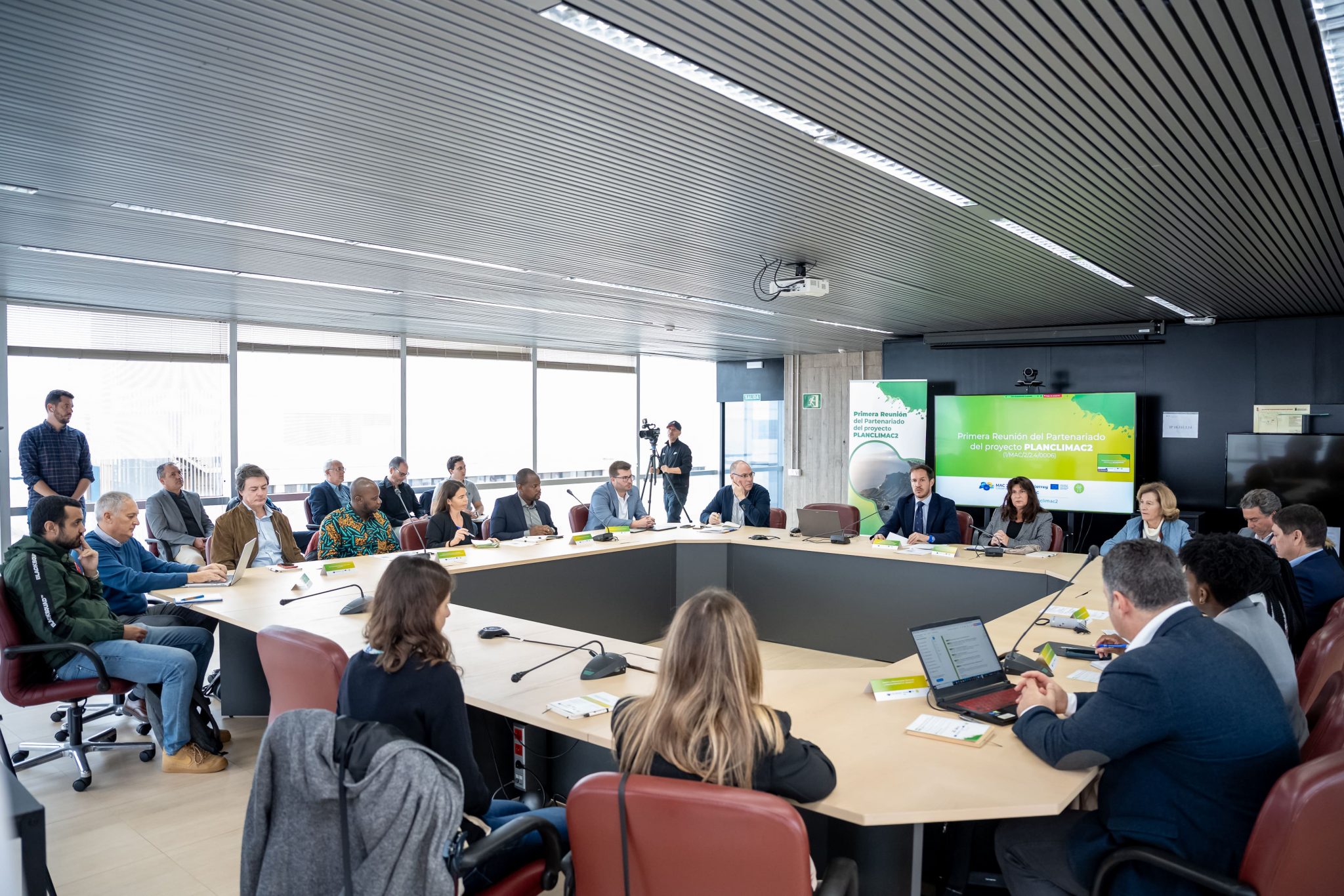The Aisovol2 project – Photovoltaic generation solution for use in buildings and distributed generation – reaches the end of its implementation period after achieving promising results in the development of a lightweight and versatile photovoltaic module.
The Aisovol2 project is coming to an end after 3 years of research into alternatives in the design of photovoltaic modules based on crystalline silicon. The objective is to achieve a lightweight, adaptable and multipurpose module that allows a more intensive and multifunctional use of this technology in different applications.
The Instituto Tecnológico y de Energías Renovables (ITER) and the Centro Nacional de Energías Renovables (CENER) have worked together on this project, which has been co-funded by the Ministry of Science and Innovation in the framework of the call Retos Colaboración 2019 of the Programa Estatal de I+D+i Orientada a los Retos de la Sociedad (State Program for R&D&I Oriented to the Challenges of Society).
The results obtained include the successful development of prototypes that weigh up to 70% less than traditional photovoltaic modules and have passed the quality tests established at the structural level. These new designs incorporate ETFE, polymeric honeycomb sheets and fiberglass composite materials working in different layers of the photovoltaic module.
The main modifications introduced compared to conventional designs are based on the elimination of the front glass and the metal frame. For the selection of alternative materials to replace them, the compatibility of these materials with a conventional lamination process has been included among the factors to be considered, so that the manufacture of these models can be easily integrated into existing industrial manufacturing lines.
In addition, for the evaluation of the performance of the photovoltaic modules during their daily operation, ITER has developed a monitoring and recording system that has allowed to collect real-time information on the performance of the panel under field conditions, where changes in irradiance and temperature affect the production established under the measurement standards. This monitoring makes it possible to detect malfunctions and various problems in the panel elements, such as an excessive internal resistance or a group of defective cells.
The main conclusions drawn throughout the project have been presented at prestigious conferences, such as the 8th World Conference on Photovoltaic Energy Conversion (WCPEC8) through the publication of a scientific paper and a poster.
The aim is to introduce into the market a new concept of photovoltaic module that, due to its weight and innovative design, allows the architectural integration of photovoltaic solar energy, both in urban applications, such as pergolas, canopies or facades, and for rural applications in greenhouses or agricultural structures where the limitations in the passage of light and the load capacity are a brake on the installation of this technology.






